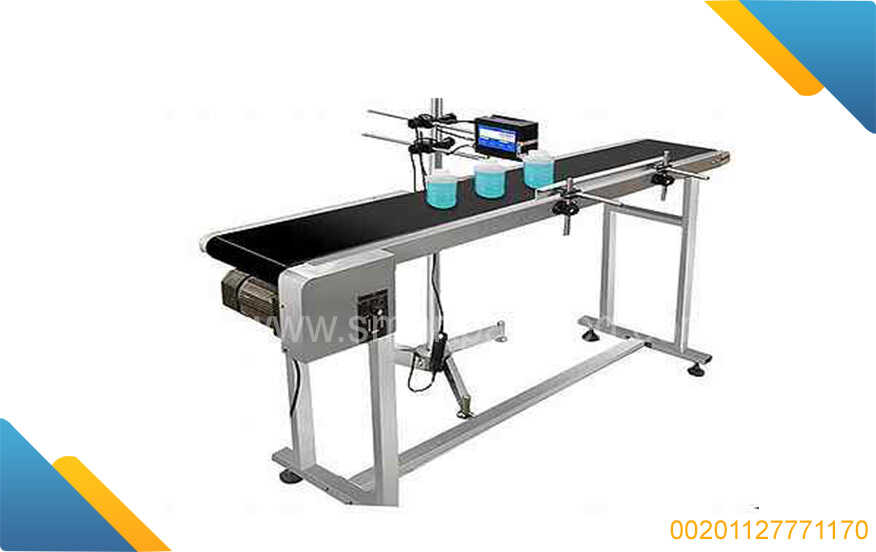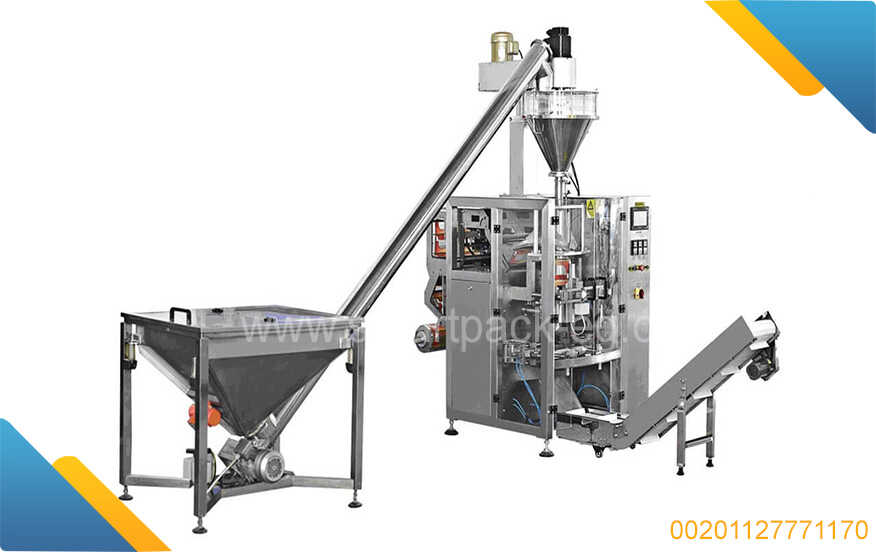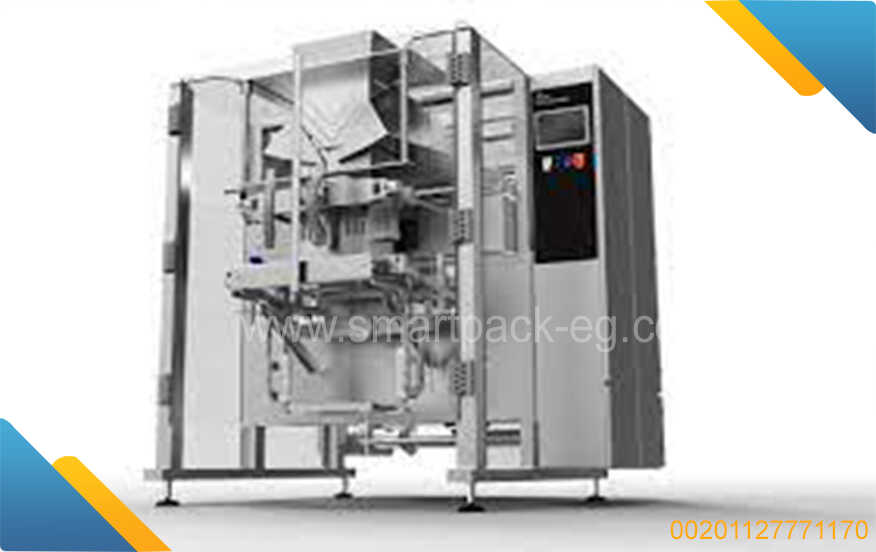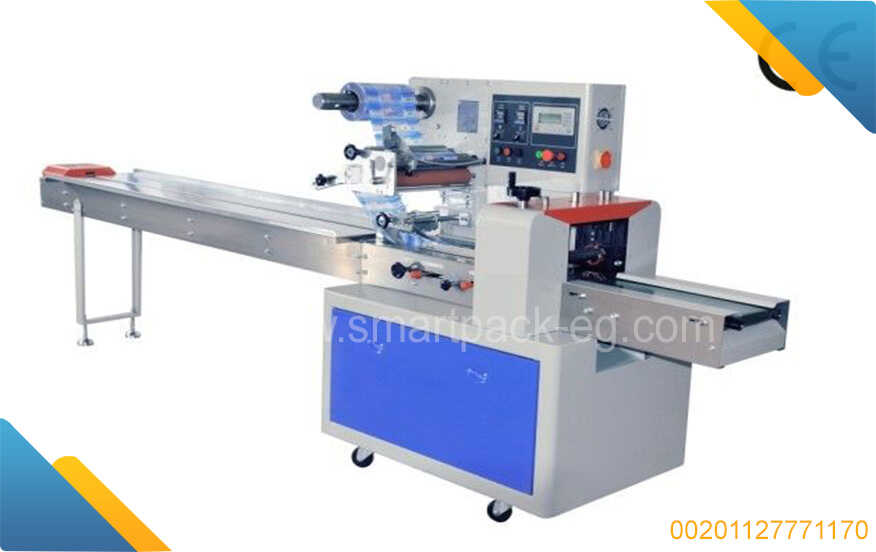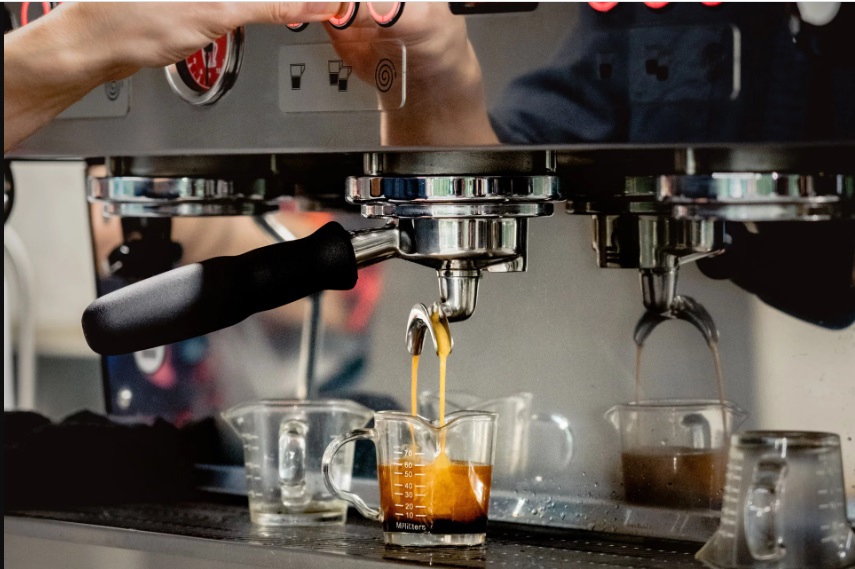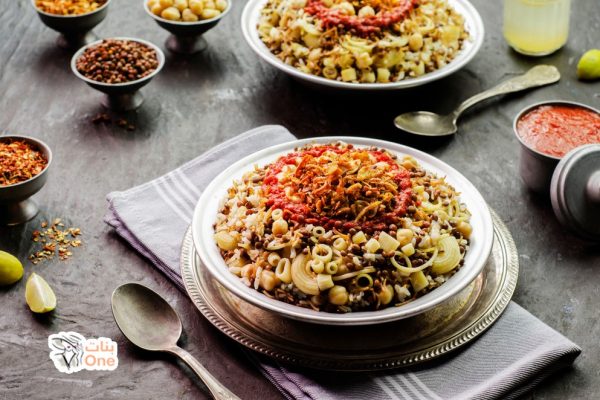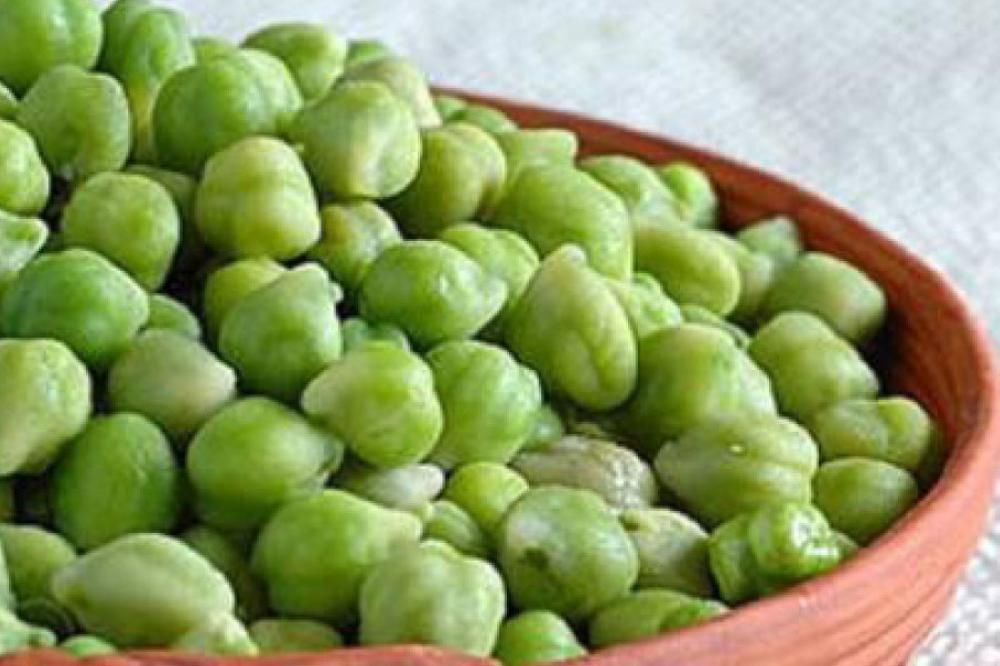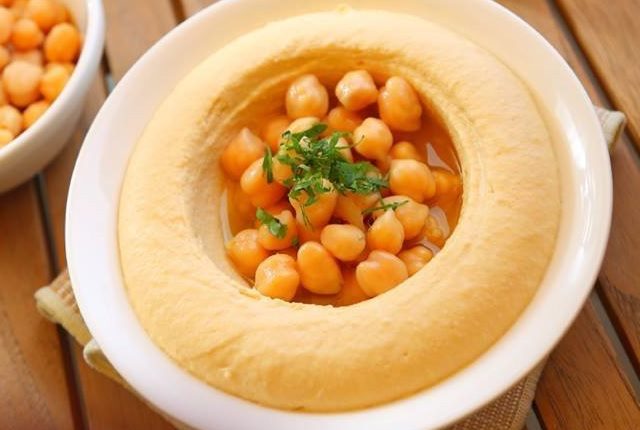Title: A Comprehensive Guide to Conducting a Feasibility Study on a Packing Machine for Pickled Black Olives
Introduction:
In the competitive world of food packaging, conducting a feasibility study is essential before investing in a packing machine, especially for products like pickled black olives. This guide aims to provide you with a step-by-step approach to assess the feasibility of purchasing a packing machine for your pickled black olives.
Step 1: Define the Objective
Clearly state your objective for conducting the feasibility study. Are you looking to increase production efficiency, reduce costs, or address quality concerns? Defining the purpose will help you stay focused throughout the study.
Step 2: Research the Market
Conduct thorough market research to identify potential demand and projected growth for pickled black olives. Understand your target audience, distribution channels, and competitors. Identify any unique packaging requirements or regulations specific to your product.
Step 3: Identify Machine Specifications
Determine the required specifications for the packing machine based on your production requirements. Consider factors such as speed, capacity, versatility, additional features (such as vacuum sealing or labeling), ease of operation, and maintenance needs. Consult industry experts and vendors to gain insights into the latest technological advancements.
Step 4: Assess Cost-Benefit Analysis
Evaluate the potential financial benefits and costs associated with acquiring and operating the packing machine. Consider one-time costs such as machine purchase, installation, and training. Also, factor in recurring costs like maintenance, repair, and energy expenses. Analyze the potential return on investment (ROI) based on expected savings or revenue growth.
Step 5: Conduct Risk Analysis
Identify and evaluate potential risks associated with investing in this packing machine. Consider factors like market demand volatility, technology obsolescence, regulatory changes, and competition. Assess the impact of these risks on your investment and develop mitigation strategies to minimize their effects.
Step 6: Analyze Operational Workflow
Examine your current production processes and identify how the packing machine will integrate into the workflow. Analyze the potential impact on productivity, labor requirements, and workforce skillset. Identify any necessary modifications or improvements in your existing infrastructure to accommodate the new packing machine.
Step 7: Evaluate Supplier and Service Support
Research and select reputable suppliers with a proven track record in supplying packaging machines for pickled black olives. Assess their support services such as installation, training, and after-sales assistance. Request references and visit existing customers to gather feedback on reliability, responsiveness, and overall customer satisfaction.
Step 8: Prepare a Feasibility Report
Compile all the gathered information and analyze it systematically. Summarize your findings, including market research, cost-benefit analysis, risk assessment, operational impact analysis, and supplier evaluation. Provide a comprehensive report outlining the feasibility of investing in the packing machine for pickled black olives. Include recommendations based on your analysis.
Conclusion:
Conducting a feasibility study is a crucial step before making any significant investment decision, especially when it comes to purchasing a packing machine for pickled black olives. By following this guide, you will be equipped with the necessary information to assess the feasibility and make an informed decision that aligns with your business objectives.

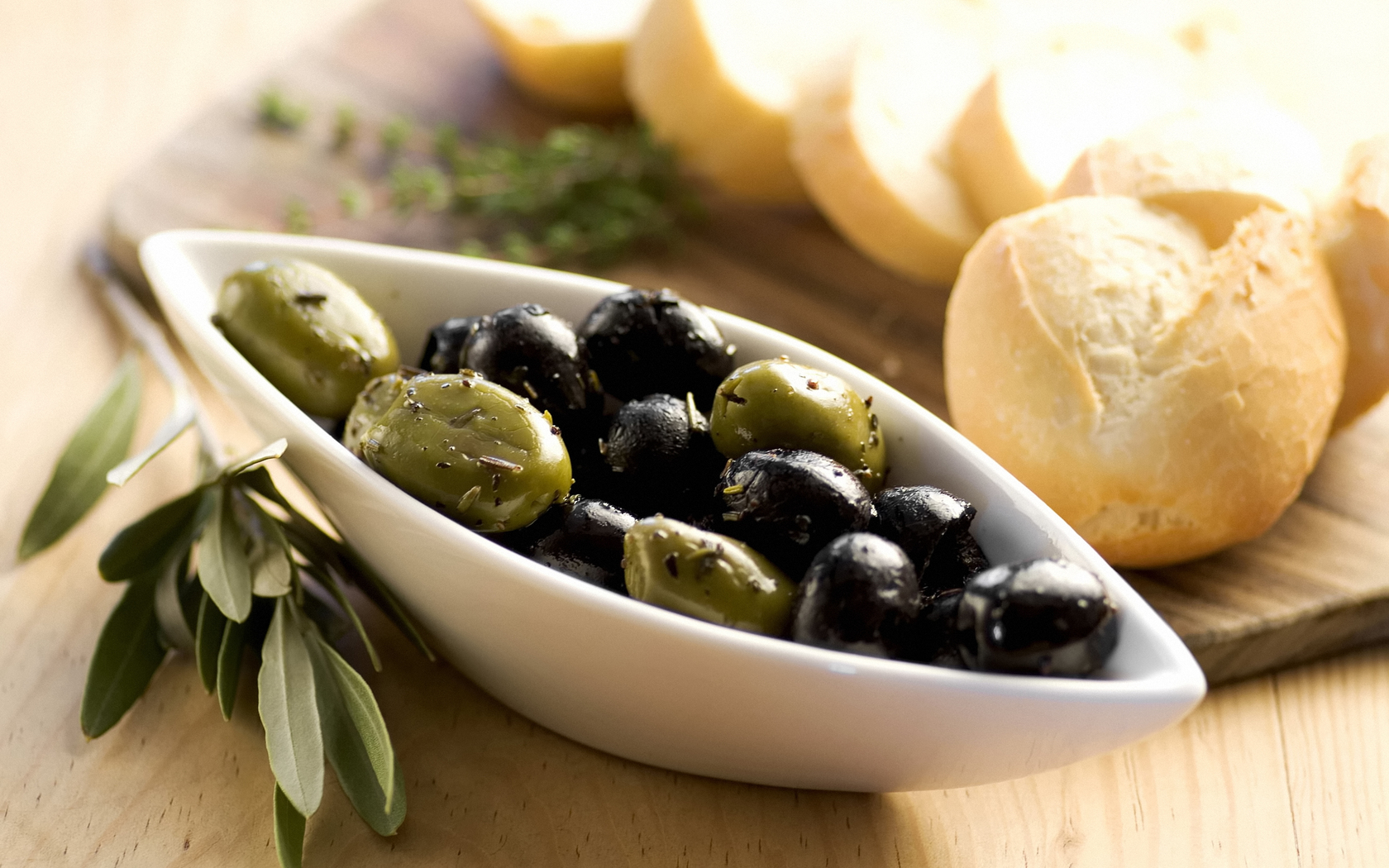
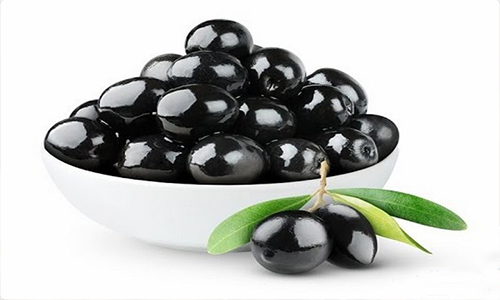
 Admin
Admin 